The Cygnus spacecraft has separated from the Antares rocket second stage. At 7:55 p.m. EDT, Cygnus is safely in space.
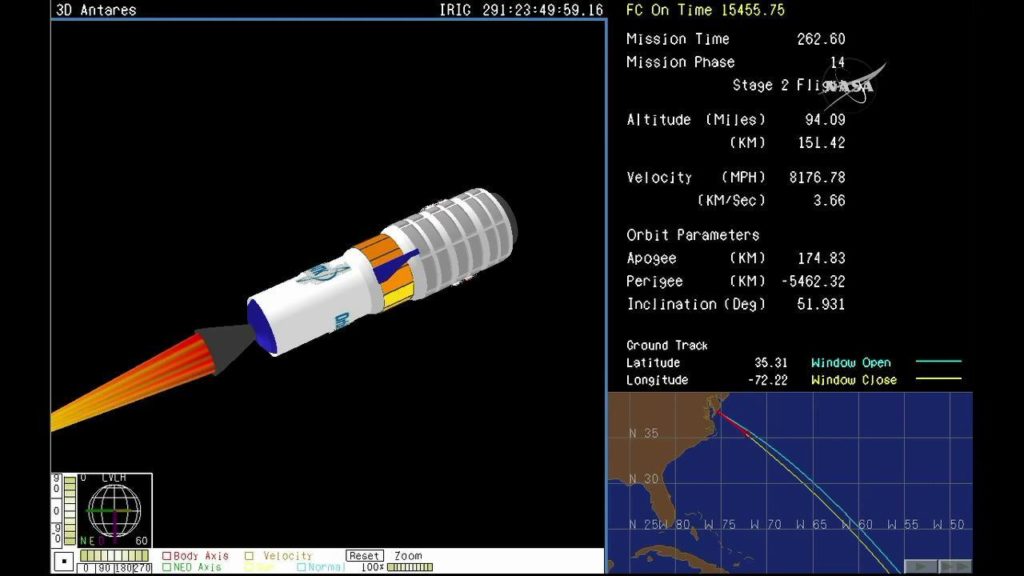
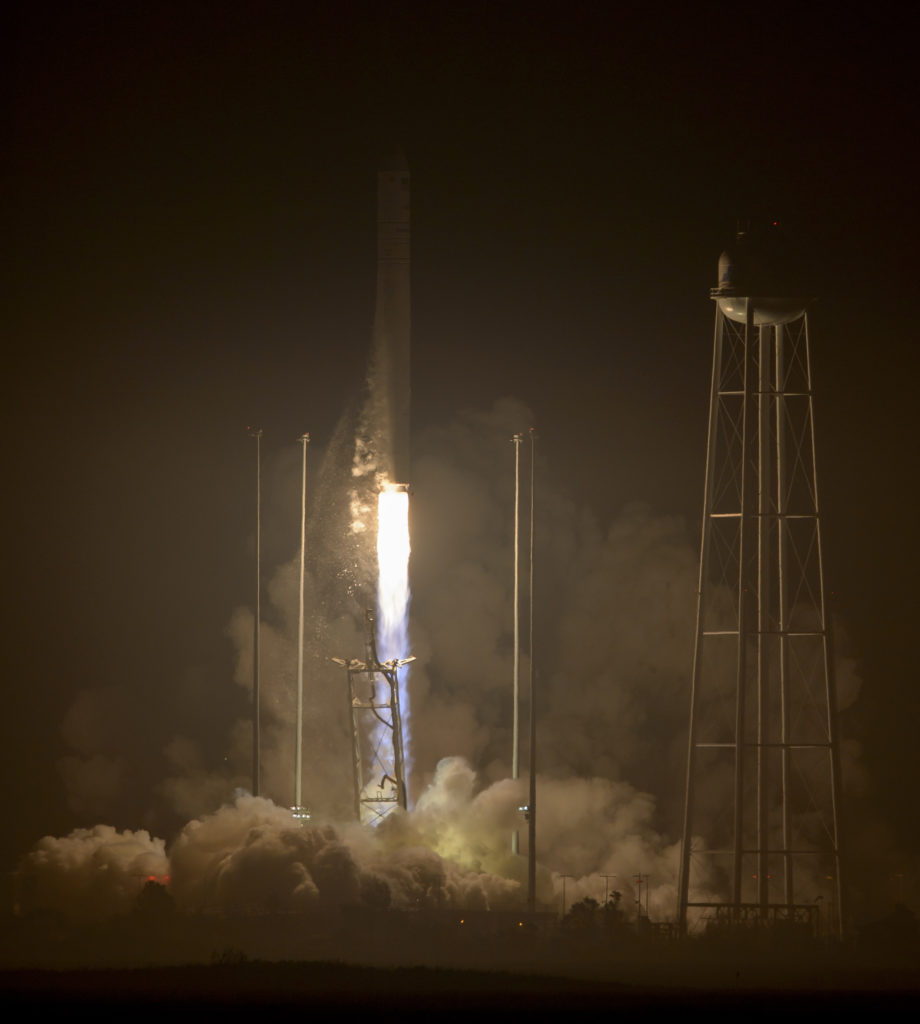
Liftoff of Orbital ATK’s Antares rocket and Cygnus cargo spacecraft occurred at 7:45 p.m. EDT this evening, Oct. 17, 2016, from the Mid-Atlantic Regional Spaceport Pad 0A at NASA’s Wallops Flight Facility on Virginia’s Eastern Shore.
An hour and a half after launch, commands will be given to deploy the spacecraft’s UltraFlex solar arrays.
Launch coverage will continue on NASA TV at https://www.nasa.gov/nasatv until shortly after spacecraft separation then resume at about 9:05 p.m. for solar array deployment, which is expected to last about 30 minutes.
A post-launch news conference will follow and is scheduled to begin on NASA TV at approximately 10:00 p.m.
Upcoming Milestones (Approximate Times)
Cygnus is scheduled for arrival at the International Space Station on Oct. 23, with about 5,100 pounds of supplies and payloads, including critical materials to directly support dozens of the more than 250 science and research investigations that will occur during the space station’s Expeditions 49 and 50.
Launch controllers are taking advantage of a five-minute launch window. Liftoff now at 7:45 p.m. EDT.
With about 10 minutes until launch, Orbital ATK’s Antares rocket and Cygnus cargo spacecraft is on schedule for 7:40 p.m. EDT liftoff this evening, Oct. 17, 2016, from the Mid-Atlantic Regional Spaceport Pad 0A at NASA’s Wallops Flight Facility on Virginia’s Eastern Shore.
Weather remains green and no issues are being worked.
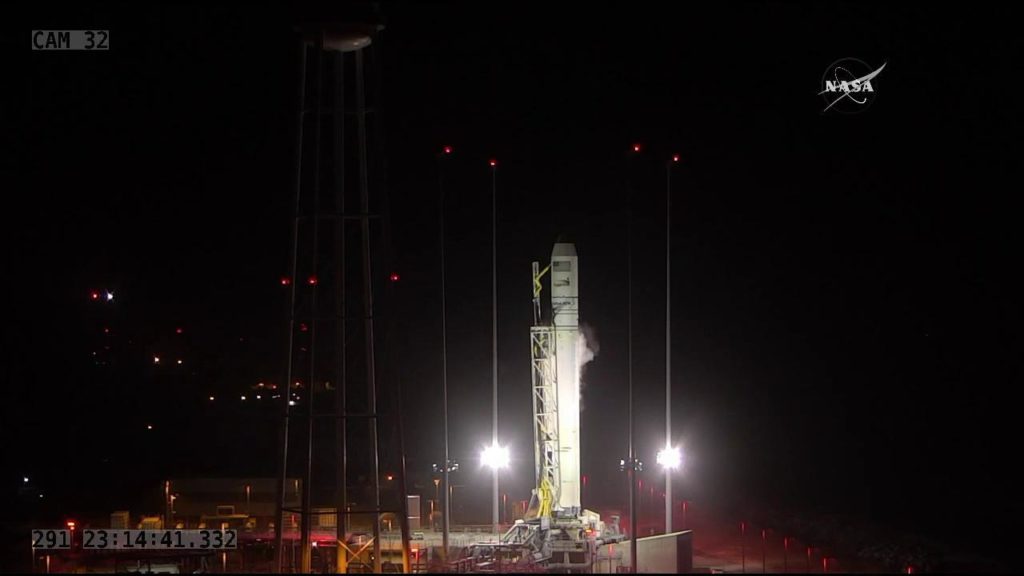


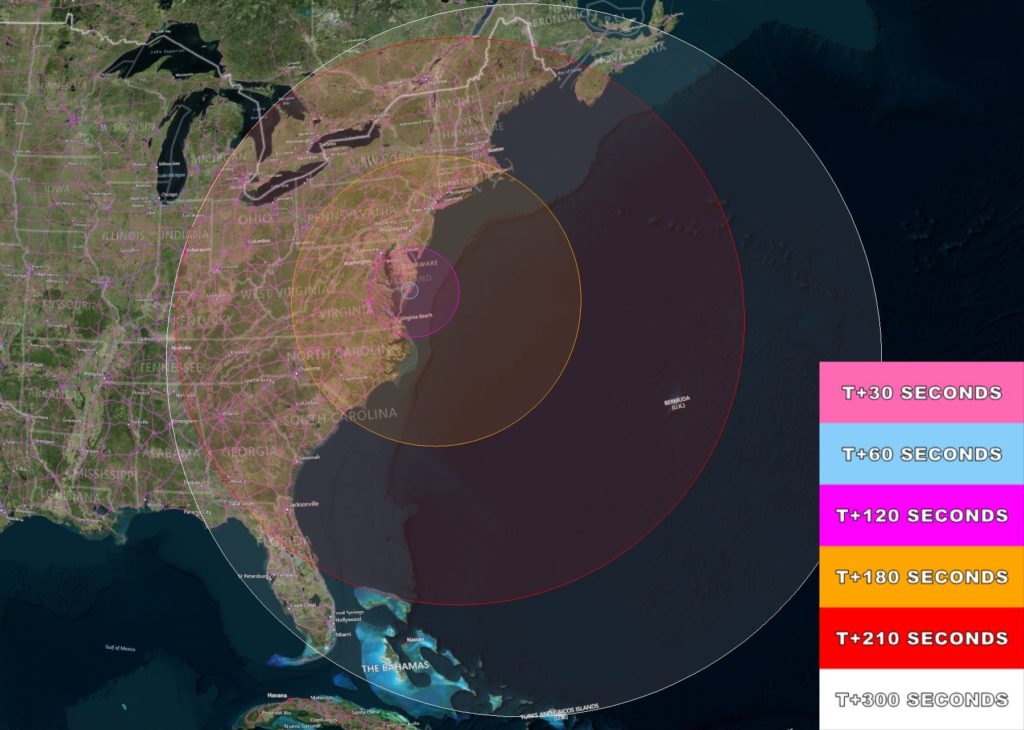
Live launch coverage of the Oct. 17 launch of Orbital ATK’s Antares rocket and Cygnus cargo spacecraft from the Mid-Atlantic Regional Spaceport Pad 0-A at NASA’s Wallops Flight Facility on Virginia’s Eastern Shore begins on NASA TV at 6:45 p.m. EDT. The International Space Station-bound craft is scheduled for liftoff at 7:40 p.m.
As of the T-minus 2 hours forecast, weather remains 100 percent favorable.
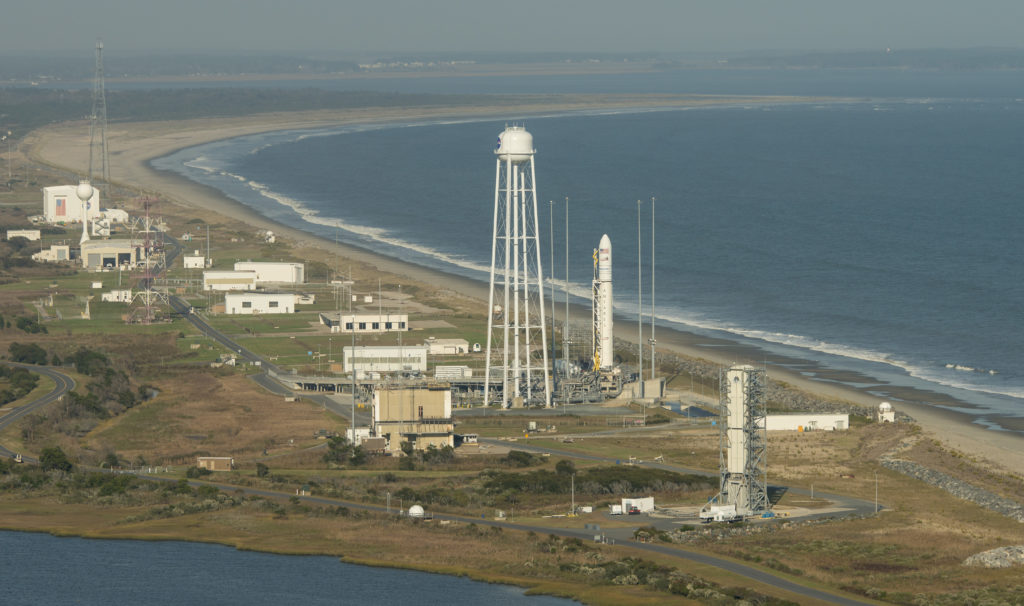

The countdown for Orbital ATK’s Antares rocket, with the Cygnus cargo spacecraft on top, is progressing smoothly today. There are no technical concerns with the rocket or spacecraft and weather is 100 percent “go.”
Liftoff is scheduled to occur during a five minute window beginning at 7:40 p.m. EDT from the Mid-Atlantic Spaceport’s Pad 0A at NASA’s Wallops Flight Facility in Virginia.
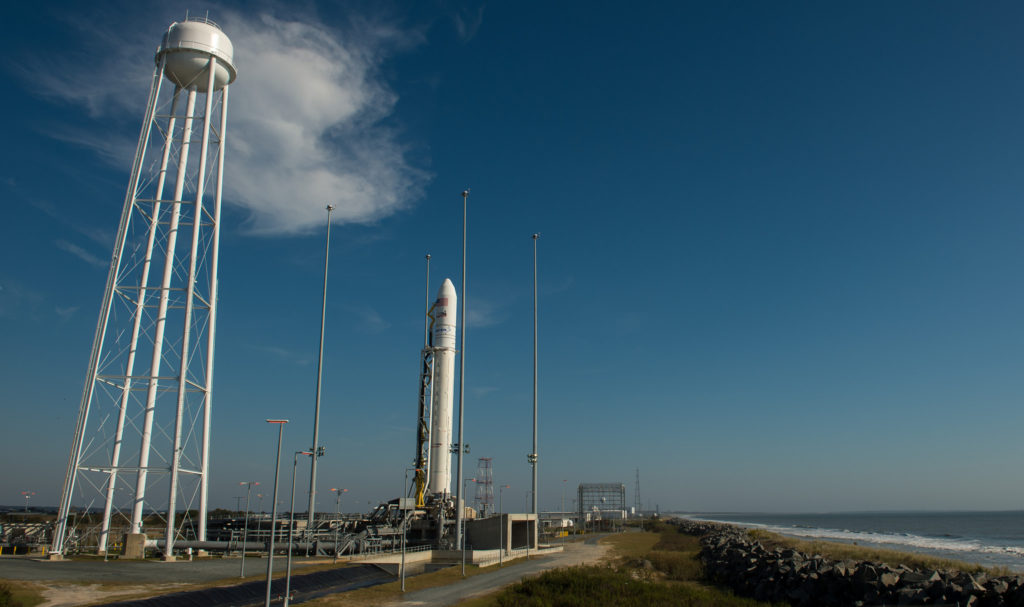
Live coverage of the launch on NASA TV will begin at 6:45 p.m. at: https://www.nasa.gov/ntv
Cygnus is loaded with about 5,100 pounds of science investigations, food, supplies and hardware for the space station and its crew.
When Cygnus arrives to the space station, on Sunday, Oct. 23, Expedition 49 Flight Engineers Takuya Onishi of the Japan Aerospace Exploration Agency and Kate Rubins of NASA will grapple the spacecraft. They will use the space station’s robotic arm to take hold of the Cygnus, dubbed the S.S. Alan Poindexter. After Cygnus’ capture, ground controllers will command the station’s arm to rotate and install it on the bottom of the station’s Unity module.
The Cygnus spacecraft will spend about five weeks attached to the space station. Cygnus will remain at the space station until November, when the spacecraft will depart the station and initiate the second spacecraft fire safety investigation, Saffire-II, and then dispose of approximately several tons of trash during its fiery reentry into Earth’s atmosphere.
Orbital ATK CRS-5 Countdown and Launch Highlights
The countdown uses both a range countdown clock (L Minus Clock) and a software sequencer (T Minus Clock). The launch countdown is initiated with the Range Clock at L minus 6 hours 15 minutes and is a running clock. The T Minus Clock is initiated at T minus 3 hours 10 minutes (sequencer start-up) and stops with built-in holds.
Orbital ATK’s Antares rocket and Cygnus cargo spacecraft teams have reported to their stations, and the formal countdown has begun. Antares is on schedule for launch tonight, Oct. 17, at 7:40 p.m. EDT, and Orbital ATK reports conditions are nominal. The Wallops Weather Office forecast (issued at L-minus 24 hours) is 95 percent go: “As our weather continues to be influenced by high pressure, we will see a great weather setup once again for the launch attempt on Monday, with only a very slight chance of thick clouds expected.”
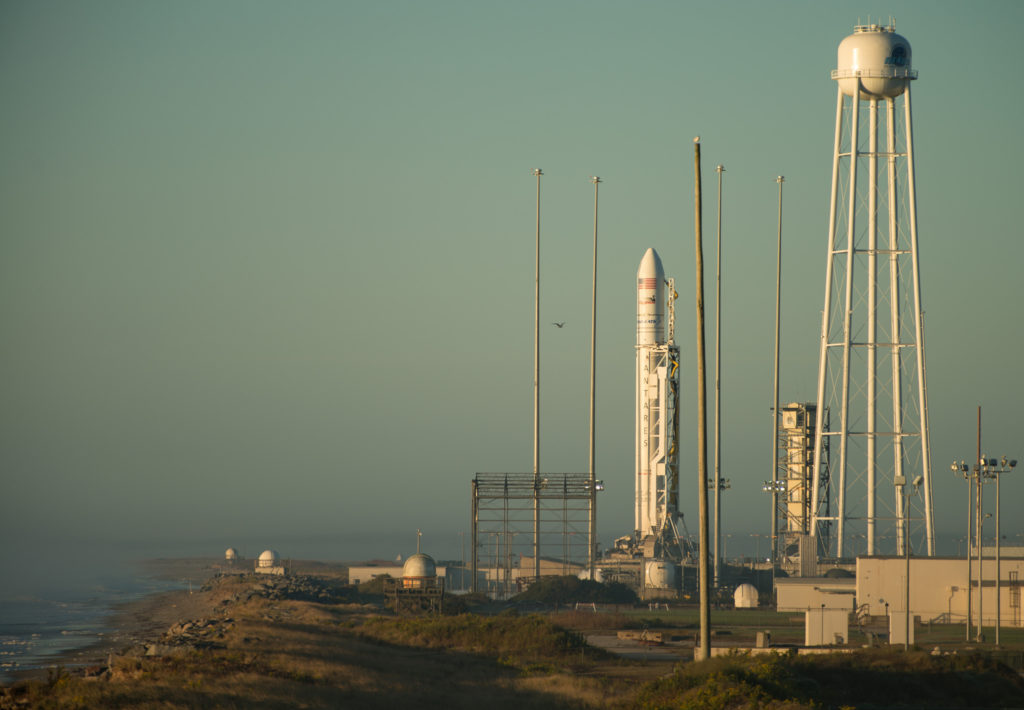

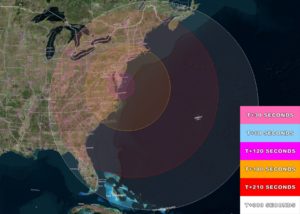
Additional information on public viewing locations in the Wallops-Chincoteague area is available here.
Launch of Orbital ATK’s Antares rocket and Cygnus cargo spacecraft is proceeding as scheduled for a 7:40 p.m. EDT liftoff this evening, Oct. 17, 2016, from the Mid-Atlantic Regional Spaceport Pad 0A at NASA’s Wallops Flight Facility on Virginia’s Eastern Shore.
For viewers elsewhere in the Mid-Atlantic, NASA’s Wallops Flight Facility could use your help! Our talented mission planners and engineers help us develop launch visibility maps, to give you all an idea of where to look to see launches from Wallops.
Let us know where you watch the Antares launch, when it comes into view, and how high you see it in the sky. Share details and your own photos with NASA Wallops on social media (Facebook and Twitter). Your timed observations with approximate latitude-longitude (or city and state) help us refine our maps!
Today’s launch of Orbital ATK’s Antares rocket is postponed 24 hours due to a ground support equipment (GSE) cable that did not perform as expected during the pre-launch check out. We have spares on hand and rework procedures are in process. The Antares and Cygnus teams are not currently working any technical issues with the rocket or the spacecraft.
The launch is now scheduled for October 17 at 7:40 p.m. EDT.
For the Antares Return to Flight, Orbital ATK will rely on the Energomash RD-181 rocket motor. It is an all-new engine based on other successful liquid rocket engines Energomash designed and produced. The engines use an oxygen-rich staged combustion cycle that can be throttled, and has a variable mixture ratio for controlling relative flow rates of oxidizer and fuel.
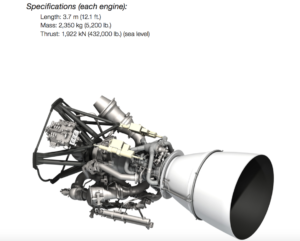
The Antares second stage is powered by a CASTOR 30XL solid rocket motor produced and tested at Orbital ATK facilities in Utah. The CASTOR 30XL is based on the CASTOR 120, used in more than a dozen missions. The OA-5 mission will be the first use of this motor, allowing Antares to significantly increase its payload capability.
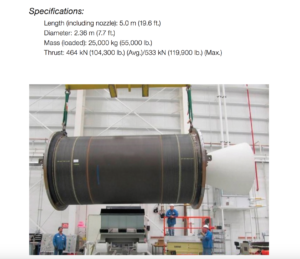
The Antares 230 rocket for this mission is a two-stage launch vehicle consisting of a liquid-fueled Liquid Oxygen/Refined Petroleum (LOX/RP) first stage powered by two Energomash RD-181s that will burn about 209 seconds. Antares employs a 9.9 m (32.5 ft.) long fairing to protect Cygnus as Antares accelerates through Earth’s atmosphere. It will separate at 250 seconds into flight, after which the second stage will burn about 163 seconds. The Cygnus cargo capsule will reach its initial orbit about 9 minutes after launch.